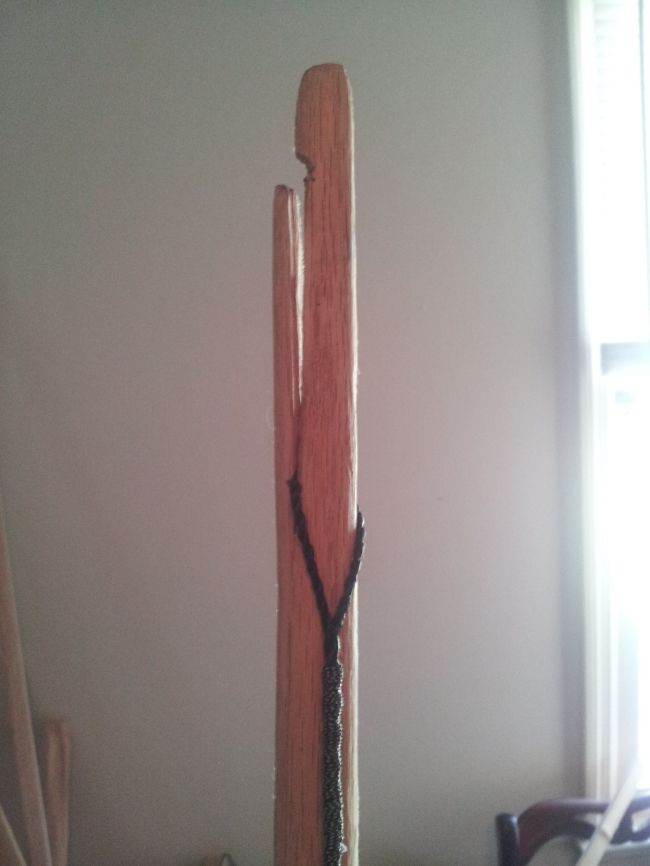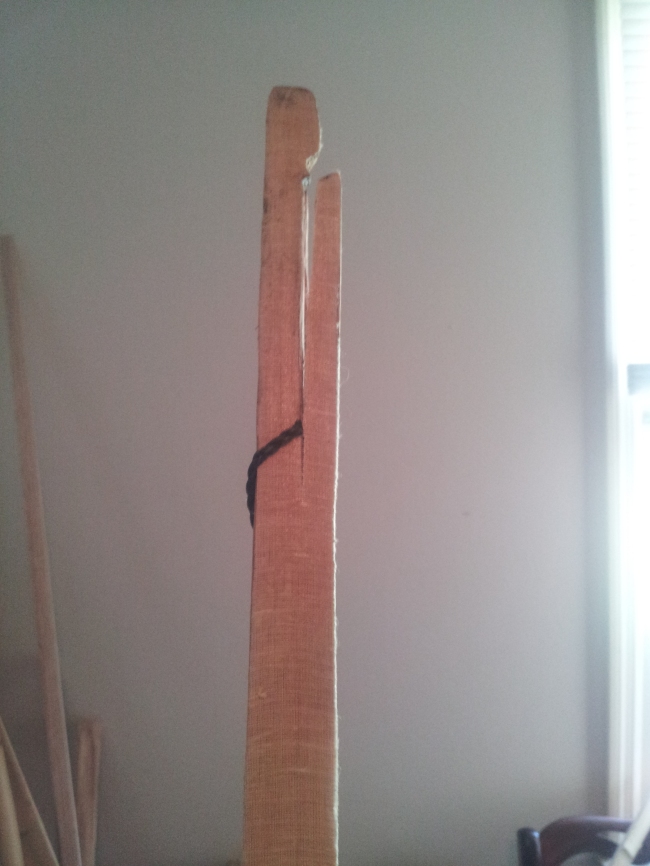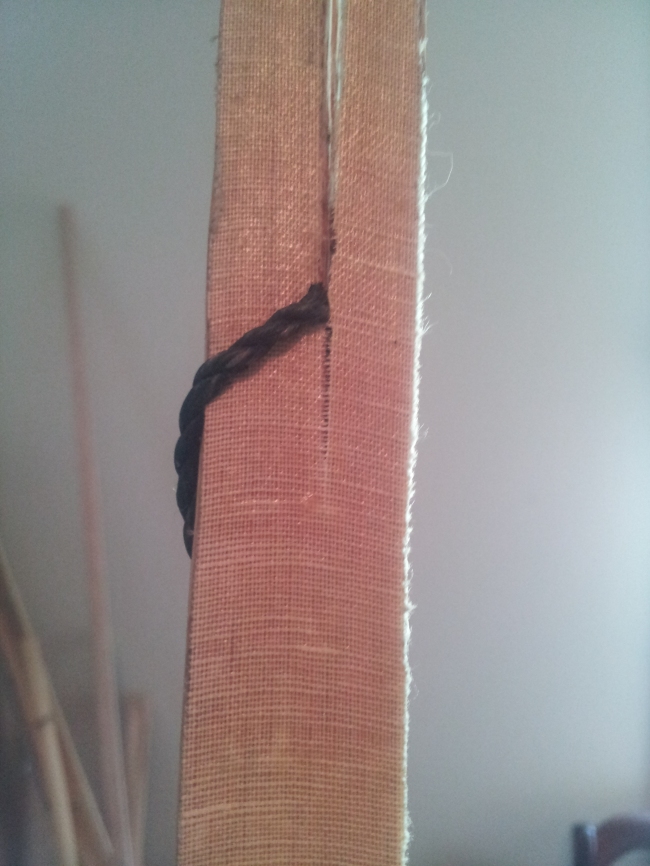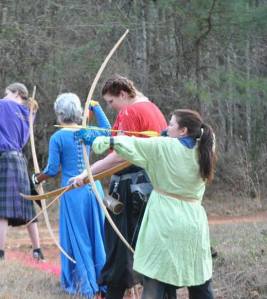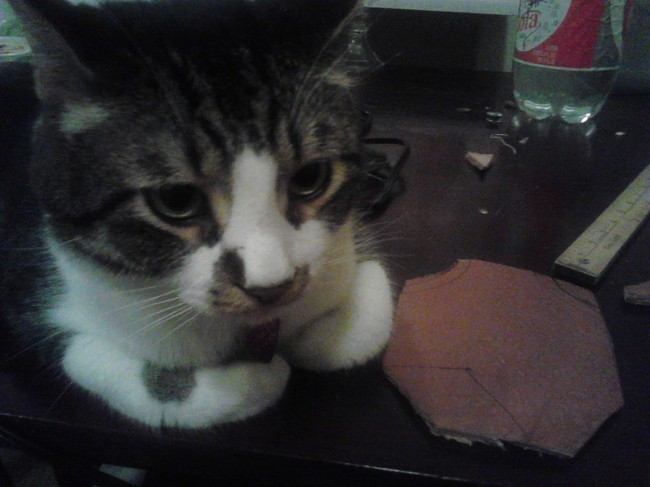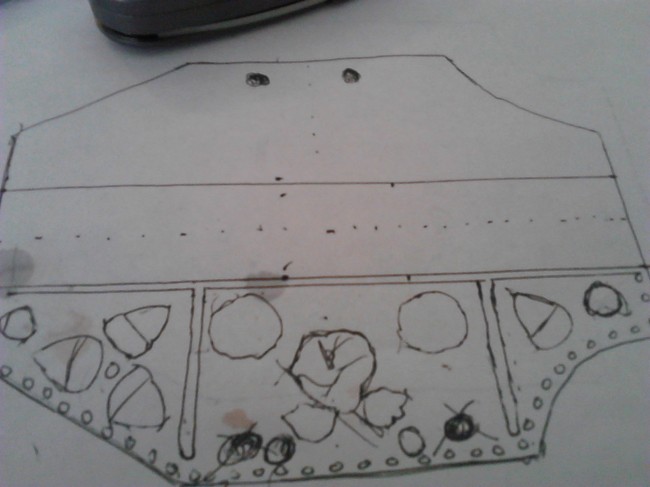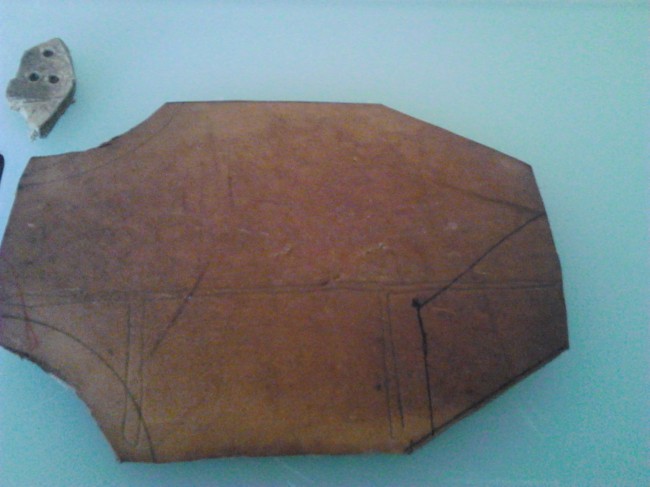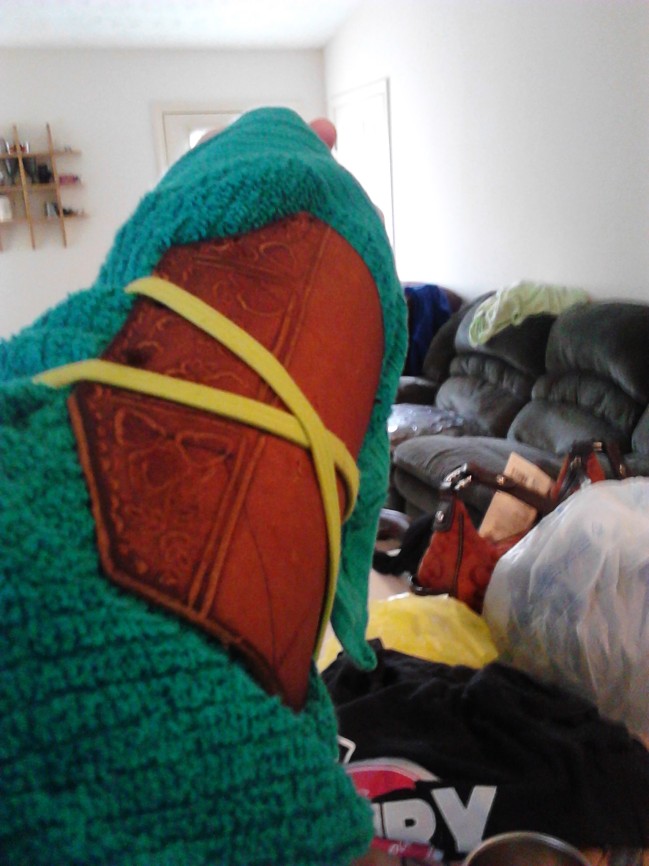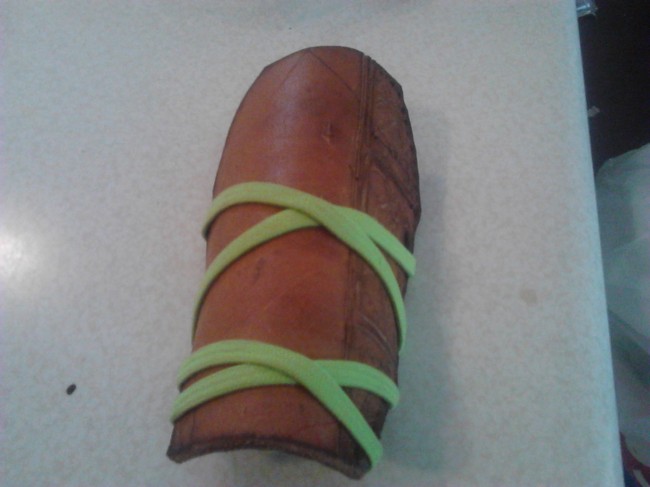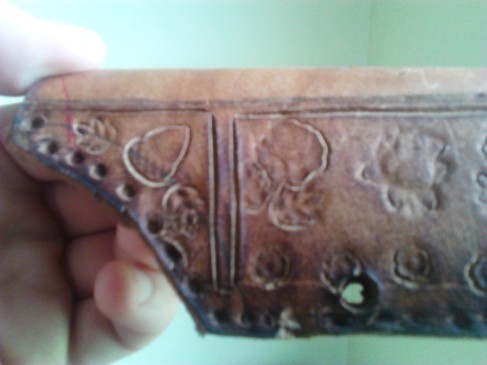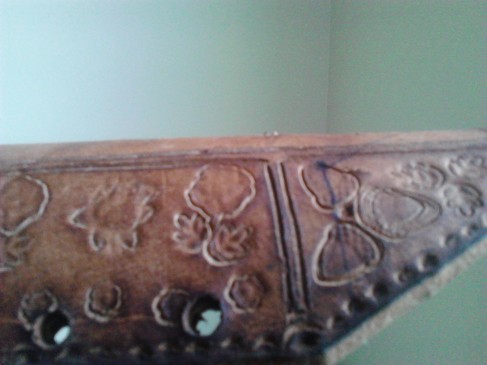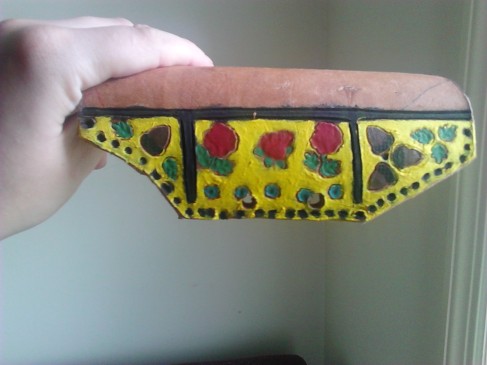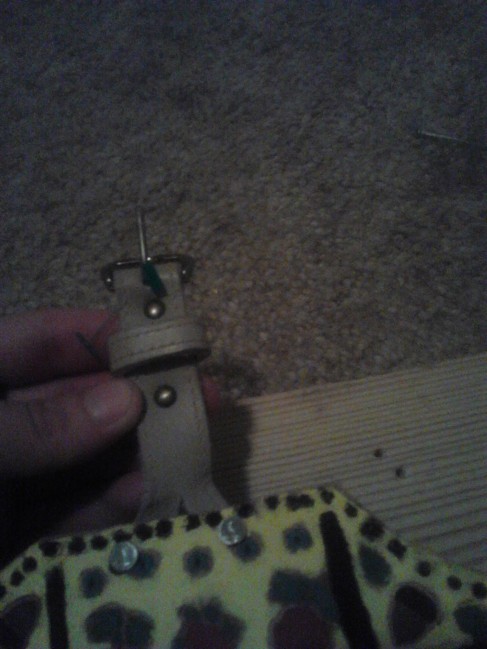Hello friends! “What bow should I get to start out with in SCA target shooting?” is a question I’ve gotten a lot over the past year and so I decided to make a handy blog post so I didn’t have to keep sending my whole list out.
To start, I have linked Atlantia’s Target Archery Marshal’s Handbook. This contains all rules and equipment standards. Some of this stuff only marshal’s really need to know, but you can find the basic info for what bows are permitted on page 7, which I have also copied and pasted below:
Bow Types: There are 4 basic classes of bows allowed in the SCA archery program:
1. Period bow – a period bow that resembles the type of bows used during period times such as an English war bow, horse bow or Japanese Yumi. These are only some of the examples of period style bows. Period bows typically are not center cut or have a shelf cut into the riser. They can have period shelves such as bone or leather affixed to the grip as in period styles.
2. Long Bow – a long bow can be either the typical “D” style longbow or a “reflex/deflex” longbow. The difference between the longbow class and a period longbow would be the modern style of the longbow which has a “center cut” shelf vs. an add-on style bone or leather shelf.
3. Recurve Bow – a recurve bow in this class is typically a modern style bow that has a center cut shelf and is made of modern materials. Also a recurve is defined as such if the string touches the upper limbs of the bow. A reflex/deflex long bow is not a recurve and the string does not touch the limbs. Bows may be made of any material so long as deemed safe to shoot by the Target Archery Marshal. With the exception of “PVC” bows, “PVC” bows at this time are disallowed for target archery in Atlantia. Bows of unusual materials or construction will be required to pass the inspection of the DEPUTY KINGDOM EARL MARSHAL FOR TARGET ARCHERY or designated deputy1 . NO Compound bows are allowed. There will be NO exceptions to this prohibition.
NO adjustable or peep sites, clickers, kissers, stabilizers, string releases, flipper rests or plunger buttons.
The use of simple rests is allowed.
Cut out windows are allowed. ‘
Bows with cut out risers must have the openings covered to present a solid surface and an appearance in keeping with medieval archery equipment.
There is no draw limit on bows; however, the marshal should observe if a bow is too heavy or overdrawn to shoot safely.
Cross Bow
– a cross bow is defined as a shoulder fired bow in a gun style. There are many different styles of crossbows and Atlantia has very specific rules on what style is allowed and dis-allowed. Prods of most materials are allowed, provided they are judged safe to shoot by the marshal (Aluminum, Steel, Fiberglass or wood). Prods of unusual material or construction will be required to pass the inspection of the DEPUTY KINGDOM EARL MARSHAL FOR TARGET ARCHERY or designated deputy.
Center shot crossbows are not allowed. A center shot crossbow is where the bolt passes through the prod, or between two parts of a split prod. It does not matter how little of a center shot this is. A split prod is one that is attached on both sides by modern methods such as bolts or pins.
Non-period trackless crossbows are not allowed. Trackless crossbows have their string suspended in midair and do not ride on a shelf.
Modern constructed crossbows such as all aluminum frames and prods attached to the body via modern methods using bolts or pins as to gain the archer an unfair advantage due to lack of movement of the crossbow components. With the more period style of bridling, prods and other parts of the crossbow can move, also the string has resistance riding on the bolt tray made from wood. We are really talking about “spirit of the game” here.
NO compound crossbows are allowed. There will be NO exceptions to this prohibition. NO break-cocking crossbows are allowed. A crossbow that is too heavy for the archer to span safely may be disallowed.
Simple rear sites are acceptable–no front sites. No modern aluminum bodies or modern rifle or air-rifle style stocks or pistol grips on these modern stocks is allowed. Simple period gun shaped stocks are allowed. Arrows & Bolts All shafts must be period materials such as wood, bamboo, etc.
No broad heads or other points which may excessively damage the targets.
Fletches must be feathers or other pre 17th century materials. Plastic vanes are not allowed.
Knocks, caps and rings may be of any material so long as securely attached.
Strings
Must be of the appropriate length and strength for the bow. Linen, silk artificial sinew and any modern bowstring material is acceptable as long as properly constructed.
Strings that have become knotted or been repaired by knotting strands together shall not be used. This rule does not forbid those string designs that incorporate knots, such as a bowyers knot, in their design.
A single knocking point may be attached to the string; the locator can be metal or tied on and may consist of two locators.
“Can I use a modern fiberglass bow?”
The TLDR response is that a fiberglass bow would be fine, as long as it doesn’t have sights or stabilizers. Many people start out with fiberglass longbows such as the Bear Titan, and fiberglass and wood recurves are also very common. I currently shoot a 40 lb fiberglass and wood takedown. My intention is to make an English longbow but haven’t gotten around to it yet. We don’t require bows to be absolutely period, just not blatantly modern. Ideally I’d like to see every archer find a bow for them that fits the style of the period they are reenacting, but there’s no need to make a big investment when you are just starting out and learning form. And it’s totally ok to use your starter bow forever! The joy of this hobby for me is people can play at the level that is good for them. If you let me know what time period and area you are interested in reenacting in the comments, I can definitely also tell you what kind of bow they would likely have used in that time and place.
“Where is a good place to buy?”
I am going to link to some sites that have bows that would be appropriate so you can get an idea of what you like the looks of. I would definitely advise trying different types of bows at events before dropping a lot of cash on a bow. I also advise against getting a rattan bow, they are cheap but the material wears out fast.
ALIBOW
If you are interested in shooting an Asian style, such as Mongolian, I have heard really good things about Alibow. A friend of mine let me shoot her how and there was very little stack. It pulled really smooth and sweet. The nice thing about their fiberglass bows are that they are very affordable, there’s a wide range of draw weights, and they are covered so they look fantastic and not modern at all!
https://www.alibowshop.com/fiberglass-bow
RINGING ROCKS ARCHERY
If you want an affordable option for a more European longbow that looks more period than the modern longbows, this store is right on the money! Please note that under SCA rules, for a bow to be considered “period” for the purposes of special period only shoots and the period class in Royal Rounds, the bow cannot have a built in arrow shelf, which disqualifies their right hand, left hand, and pistol grip handles. If that’s important to you I would recommend selecting the “off the hand” option and adding on a small wooden arrow shelf, as we do allow that to be considered “period”, just not the cut in arrow shelves.
This English Longbow (ELB) would meet our period rules, though at 71 inches its a little long for a short kid like me. (You want a longbow to be your height or a couple of inches taller than you, so a 64 inch bow is perfect for my 5’2″ self)
While this traditional wooden bow looks really good and less modern than a fiberglass bow, it’s design is actually pretty modern. If you catch me at an event sometime I’ll go into why. 😛
Its also great if you like a lil fantasy flair, they have LOTR and Katniss bows.
If you are the diy type and don’t mind sanding and applying a finish, they have a “you finish” section that is cheaper. Great for if you want to stain or customize. I dunno if you could get a cheaper period longbow than the you finish ELB. If you have your heart set on a wooden bow but are on a budget, you can’t get cheaper than their you- finish basic longbows. They also have a kids bow for 20 bucks.
**Note about wooden bows: While I prefer them over fiberglass bows, it’s a natural material so its less durable than fiberglass and will not last as long. They will take more set and eventually someday wear out sooner than a fiberglass bow will. By contrast, I can still shoot my dad’s 30 year old fiberglass PSE Wildcat.
3 RIVERS ARCHERY
Here’s some options from 3 Rivers Archery, they tend to be on the pricey side but their products are very solid and they have good customer service.Less “modern”, some are period:
https://www.3riversarchery.com/buy/bows/traditional-bows/longbows
https://www.3riversarchery.com/buy/bows/traditional-bows/primitive bowshttps://www.3riversarchery.com/buy/bows/traditional-bows/exotic-bows https://www.3riversarchery.com/buy/bows/traditional-bows/recurve-bows
LANCASTER ARCHERY
Modern traditional bows for cheaper than 3 rivers:
AMAZON
Amazon has good deals on modern take down recurves and traditional fiberglass longbows and recurves that fit within our ruleset, and often really good deals on Mongolian and other Asian style bows. Be careful to read reviews thoroughly, not all manufacturers are made equal. Here’s a longbow and a horsebow style bow, both modern but close to period looking:
When it comes to takedown recurves, you can’t go wrong with a Samick Sage. I shoot a copycat version which I LOVE, but the fact that you don’t need a hex key with the Sage is nice. The nice thing about a takedown recurve is you can start with a low poundage and replace/upgrade the limbs as you get stronger.
Source for arrows (other than Amazon, which is my usual go to):
https://www.nofrontiersarchery.com/arrows-on-sale
See my post on arrow building for more thoughts on buying arrows on Amazon.
Happy Bow Shopping! ❤ ❤ ❤

